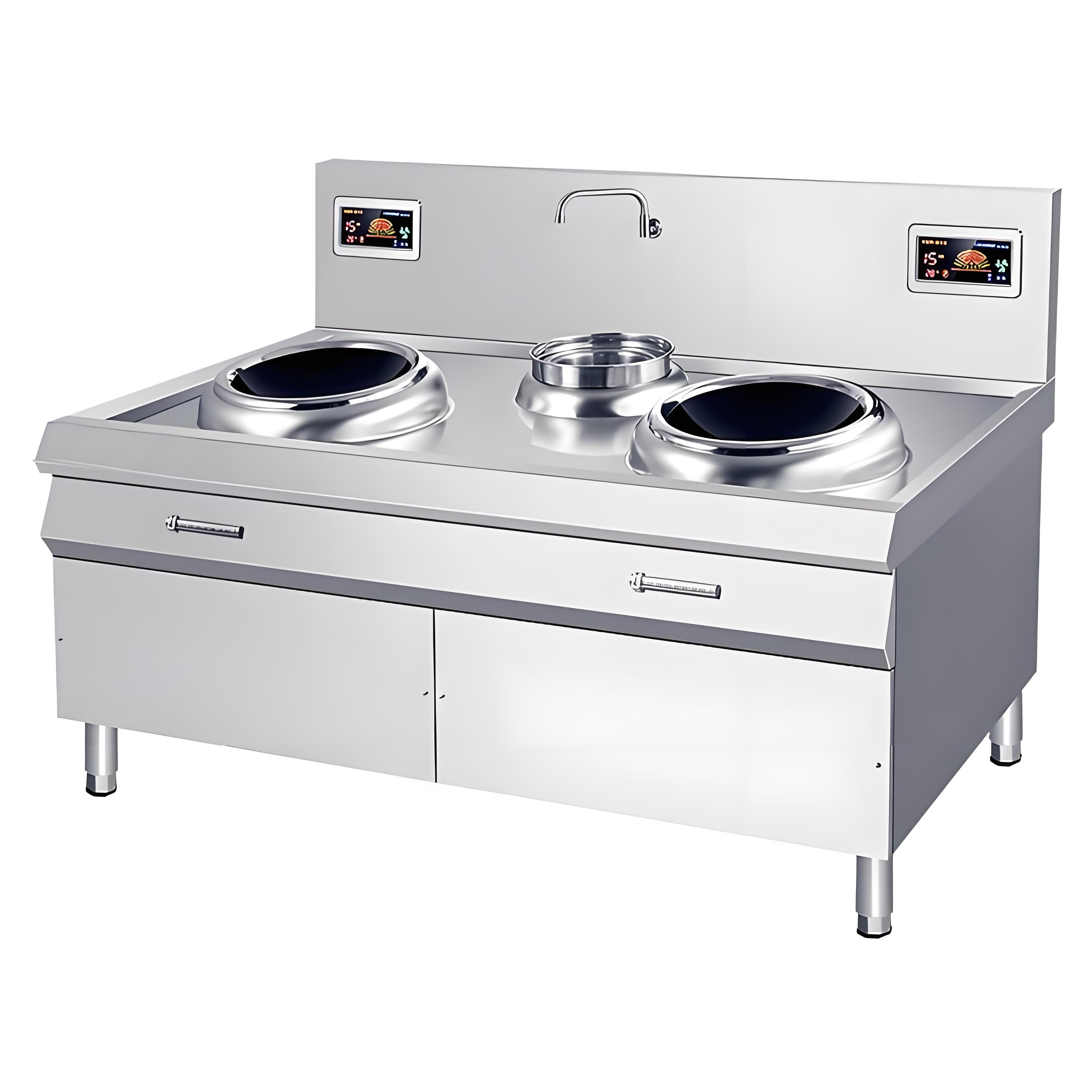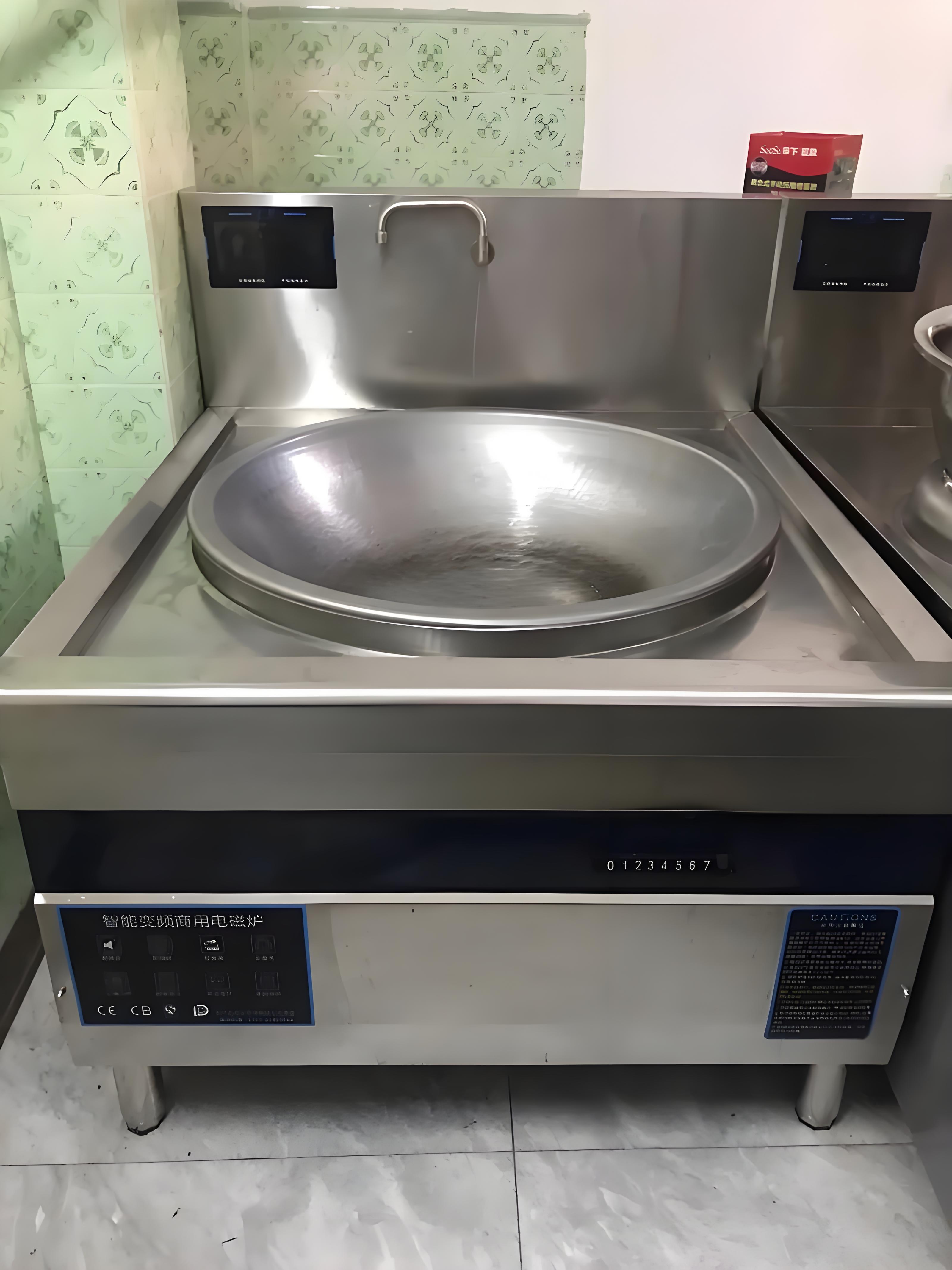Having worked in the commercial kitchen equipment industry for over 15 years, I’ve seen firsthand how vital induction cooktops are in bustling restaurant kitchens, catering services, and food stalls. These workhorses deliver fast, precise, and energy-efficient cooking, but their high-intensity use in commercial settings raises a common question: Do commercial induction cooktops need regular maintenance? The short answer is yes, and I’m here to share my experience on why maintenance matters, how to do it right, and what steps can keep your equipment running smoothly. From real-world stories to practical tips, this guide will help you ensure your cooktop stays reliable and cost-effective.
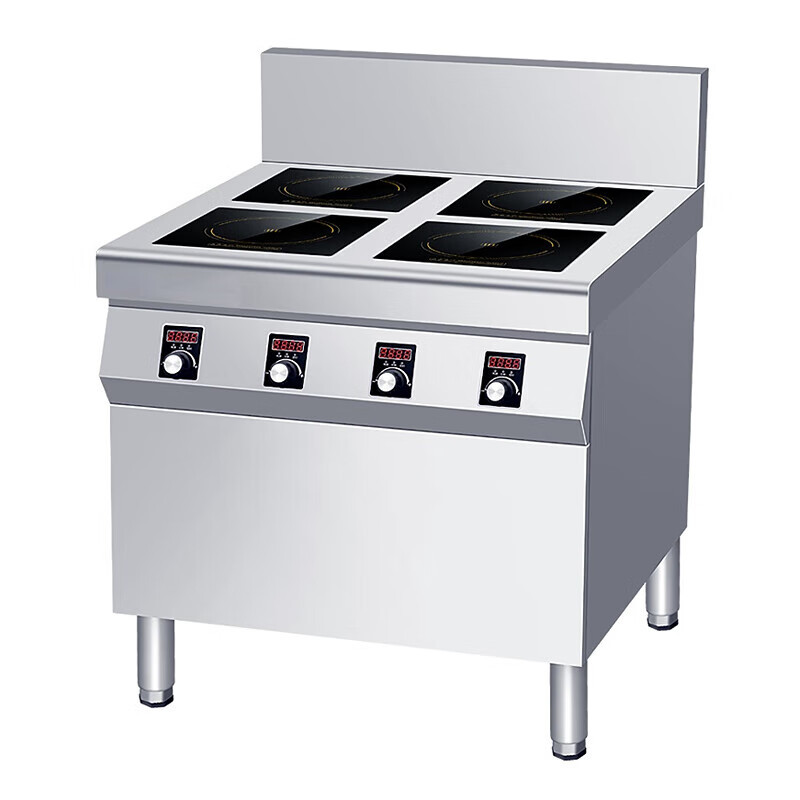
Why Maintenance Matters for Commercial Induction Cooktops
Unlike home induction cooktops, commercial models endure heavy-duty use—often running for hours at high power in demanding environments. I’ve visited kitchens where cooktops were pushed to their limits daily, and without proper care, issues like overheating, component wear, or sudden breakdowns became inevitable. Regular maintenance isn’t just about fixing problems; it’s about preventing downtime, extending equipment lifespan, and ensuring safety in a high-pressure workplace.
Maintenance addresses several key areas:
Performance: Keeps heating consistent and efficient.
Safety: Reduces risks of electrical faults or fires.
Cost Savings: Prevents costly repairs or premature replacement.
Hygiene: Ensures the cooktop meets food safety standards.
In my experience, a well-maintained commercial induction cooktop can last 5-10 years, while neglect can cut that lifespan in half. Let’s dive into what maintenance entails and how to implement it effectively.
Do Commercial Induction Cooktops Really Need Regular Maintenance?
Yes, regular maintenance is essential. Commercial induction cooktops operate under intense conditions—high temperatures, frequent use, and exposure to grease, moisture, and spills. Without routine care, components like the coil, circuit board, or cooling system can degrade, leading to inefficiencies or outright failure. I once consulted for a busy restaurant where a neglected cooktop failed mid-service, costing them hours of revenue. A simple maintenance routine could have prevented it.
Maintenance needs vary based on:
Usage Intensity: Cooktops in 24/7 kitchens need more frequent checks than those used sporadically.
Environment: Hot, humid, or greasy kitchens accelerate wear.
Model Quality: High-end brands (e.g., Midea, Supor) often have better durability but still require care.
Below, I’ll outline a comprehensive maintenance plan, including daily, weekly, and periodic tasks, along with professional servicing tips.
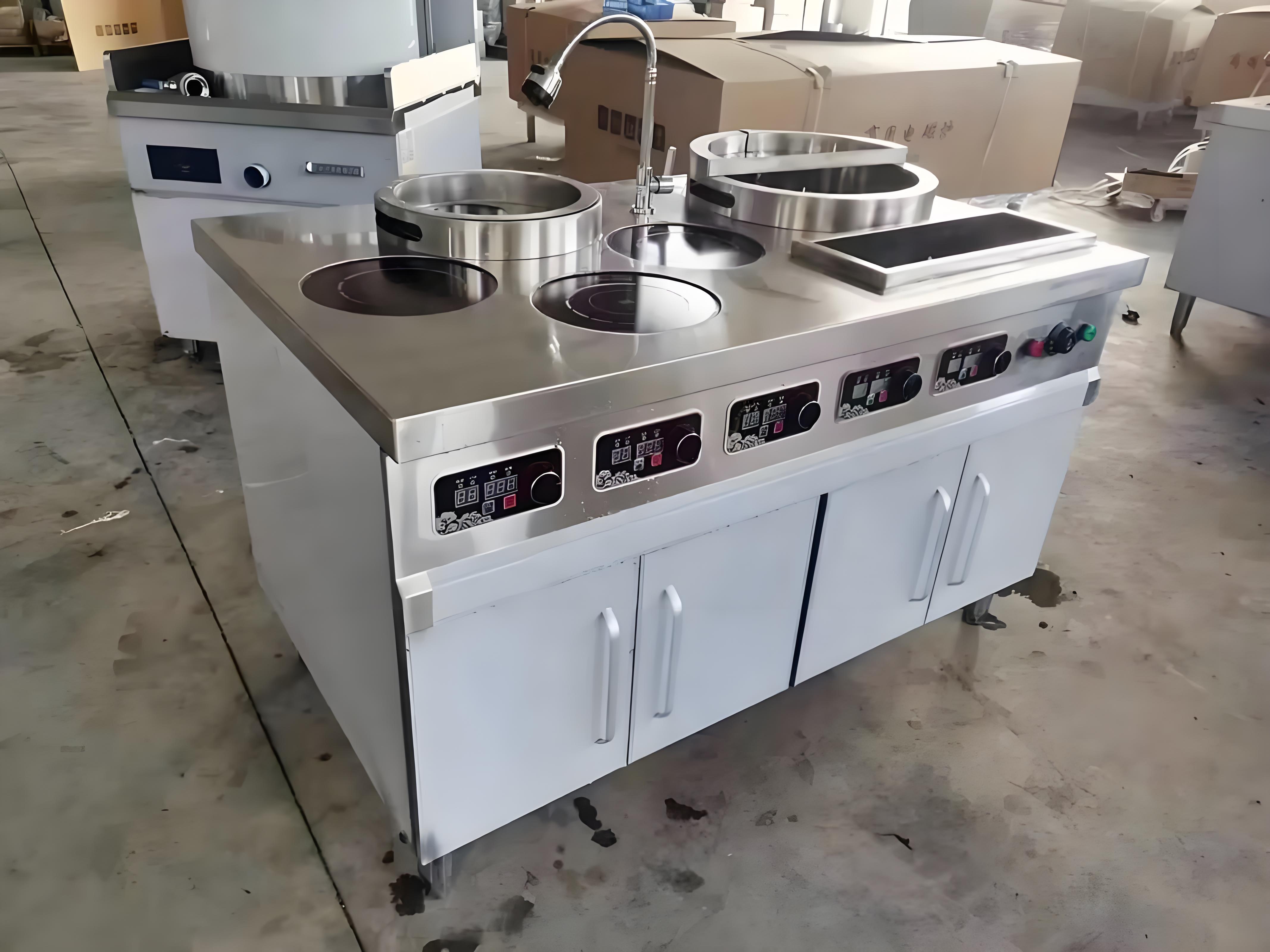
Comprehensive Maintenance Guide for Commercial Induction Cooktops
To keep your cooktop in top shape, I recommend a structured maintenance schedule. Here’s how to break it down:
1. Daily Maintenance: Quick Checks for Busy Kitchens
Daily tasks are simple but critical, especially in high-volume settings. These take just a few minutes but make a big difference.
Clean the Surface: After each shift, wipe the ceramic or glass-ceramic surface with a damp cloth and mild detergent. Avoid abrasive scrubbers to prevent scratches. Spills, grease, or food residue can reduce heating efficiency or damage the surface over time.
Check Cookware: Ensure only flat-bottomed, magnetic cookware (e.g., stainless steel or cast iron) is used. Uneven or non-magnetic pots can strain the coil and reduce performance.
Inspect for Damage: Look for cracks on the surface or unusual noises (e.g., buzzing) during operation, which could indicate coil or circuit issues.
Ventilation Check: Ensure the cooktop’s vents and fan are free of grease or debris to prevent overheating.
My Story: I once worked with a food truck owner who ignored daily cleaning. Grease buildup clogged the fan, causing the cooktop to overheat and shut down during a festival. A quick daily wipe-down could have saved them a stressful repair.
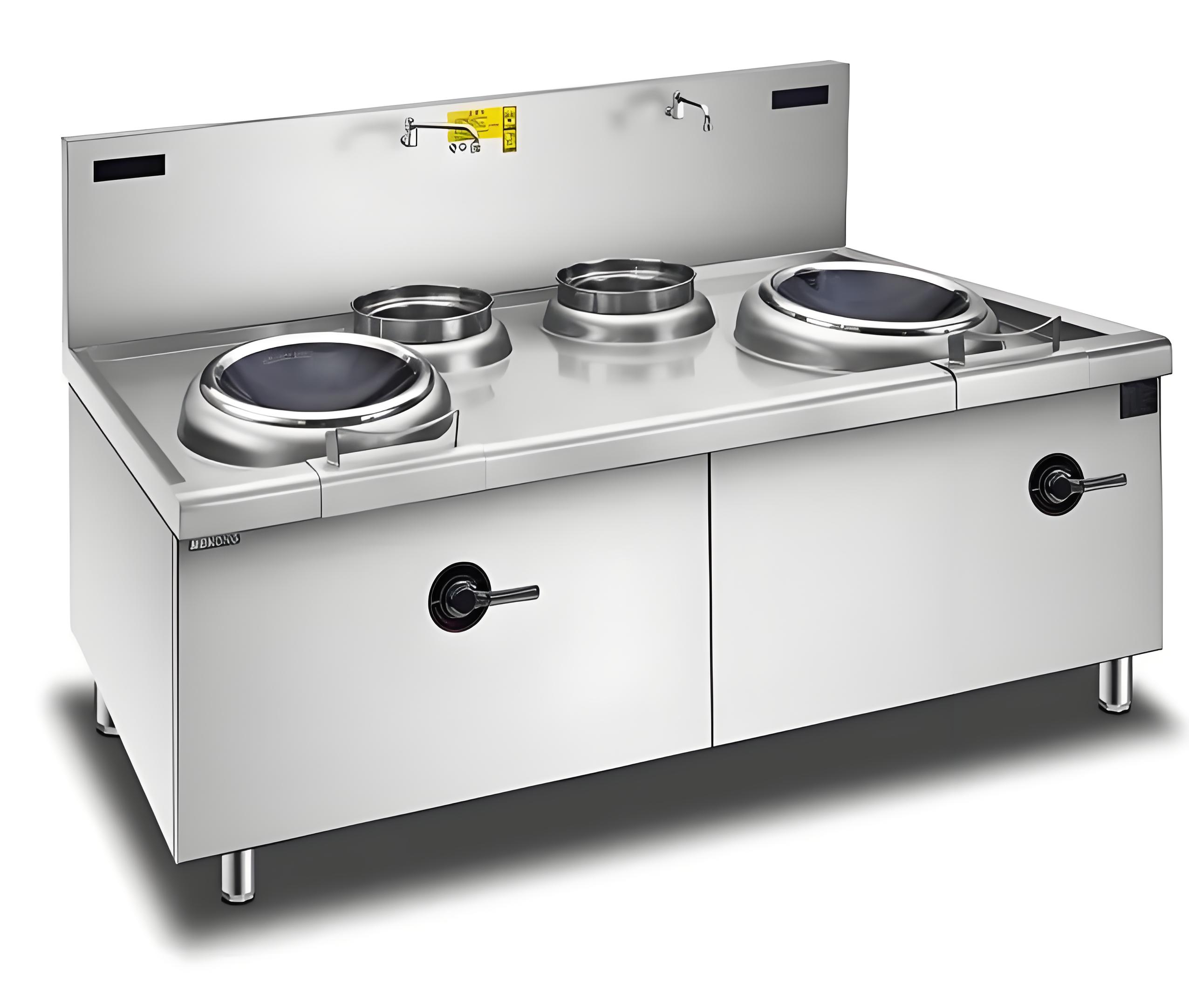
2. Weekly Maintenance: Deeper Cleaning and Basic Inspections
Weekly tasks focus on preventing buildup and catching early signs of wear.
Deep Clean: Use a non-abrasive cleaner to remove stubborn stains or grease. For tough spots, a vinegar-water solution works wonders. Ensure the unit is unplugged and cool before cleaning.
Fan and Vent Cleaning: Remove dust or grease from the fan and vents using a soft brush or compressed air. Blocked vents can cause overheating, stressing the coil and circuit board.
Power Cord Check: Inspect the cord for fraying or damage. A worn cord can cause electrical issues or safety hazards.
Test Performance: Run the cooktop at different power levels to ensure consistent heating. If you noticeوسی: Intermittent heating or error codes may signal a need for professional inspection.
Tip: Set a weekly reminder to avoid skipping these tasks during busy periods.
3. Monthly/Quarterly Maintenance: Thorough Inspections
Every 1-3 months, depending on usage, perform a more detailed check. This may require a technician or someone with basic electrical knowledge.
Internal Cleaning: Unplug the unit and open the casing (if qualified) to remove dust or debris from internal components like the coil and circuit board. Use compressed air or a soft brush.
Component Check: Inspect the coil for burn marks, cracks, or insulation wear. Check the circuit board for signs of damage (e.g., burnt capacitors).
Fan Functionality: Ensure the cooling fan spins freely and operates quietly. A failing fan can lead to overheating.
Electrical Connections: Tighten any loose screws or terminals to prevent poor contact.
Warning: Internal maintenance should only be done by trained personnel due to high-voltage risks.
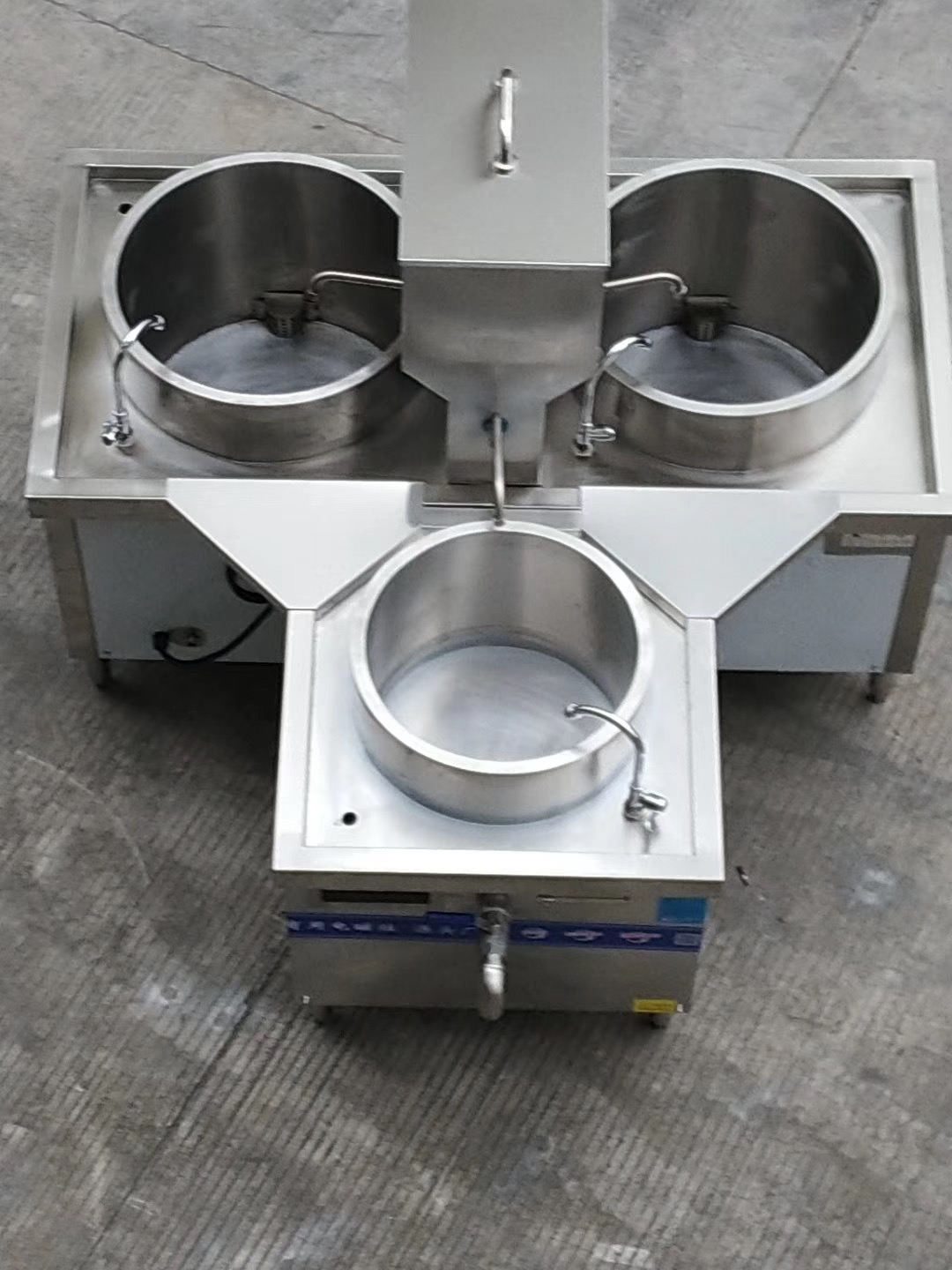
4. Annual Professional Maintenance
Once a year, hire a professional technician for a comprehensive check. They can:
Test the coil’s resistance with a multimeter to ensure it’s within spec (typically tens to hundreds of ohms).
Inspect the circuit board, IGBT, and sensors for wear or damage.
Calibrate the cooktop for optimal performance.
My Experience: A restaurant client skipped annual maintenance for two years, assuming their high-end cooktop was “bulletproof.” A burnt-out IGBT caused a sudden failure during peak hours. An annual check could have caught it early, saving them thousands in lost revenue.
Maintenance Schedule and Costs
Here’s a quick reference for maintenance tasks and estimated costs:
| Task | Frequency | Estimated Time | Cost (USD) |
|---|---|---|---|
| Surface Cleaning | Daily | 5-10 minutes | $0 (DIY) |
| Fan/Vent Cleaning | Weekly | 10-15 minutes | $0-$5 (DIY) |
| Internal Inspection | Monthly/Quarterly | 30-60 minutes | $20-$50 (DIY or pro) |
| Professional Service | Annually | 1-2 hours | $50-$150 (pro) |
Note: Costs vary by region and technician rates. DIY tasks assume basic skills and tools.
Common Maintenance Mistakes to Avoid
Over the years, I’ve seen kitchen staff and owners make these errors:
Using Harsh Cleaners: Acidic or abrasive cleaners can damage the ceramic surface or internal components.
Ignoring Small Issues: Buzzing noises or slight performance drops are often early warning signs.
Overloading the Cooktop: Running multiple high-power burners for hours without breaks can strain the coil and cooling system.
Skipping Professional Checks: Annual servicing may seem costly, but it’s cheaper than emergency repairs or downtime.
Case Study: A catering company I worked with ignored a buzzing noise in their cooktop, thinking it was normal. Months later, the coil burnt out, costing $200 in repairs and a day of canceled events. A $50 quarterly check could have prevented it.
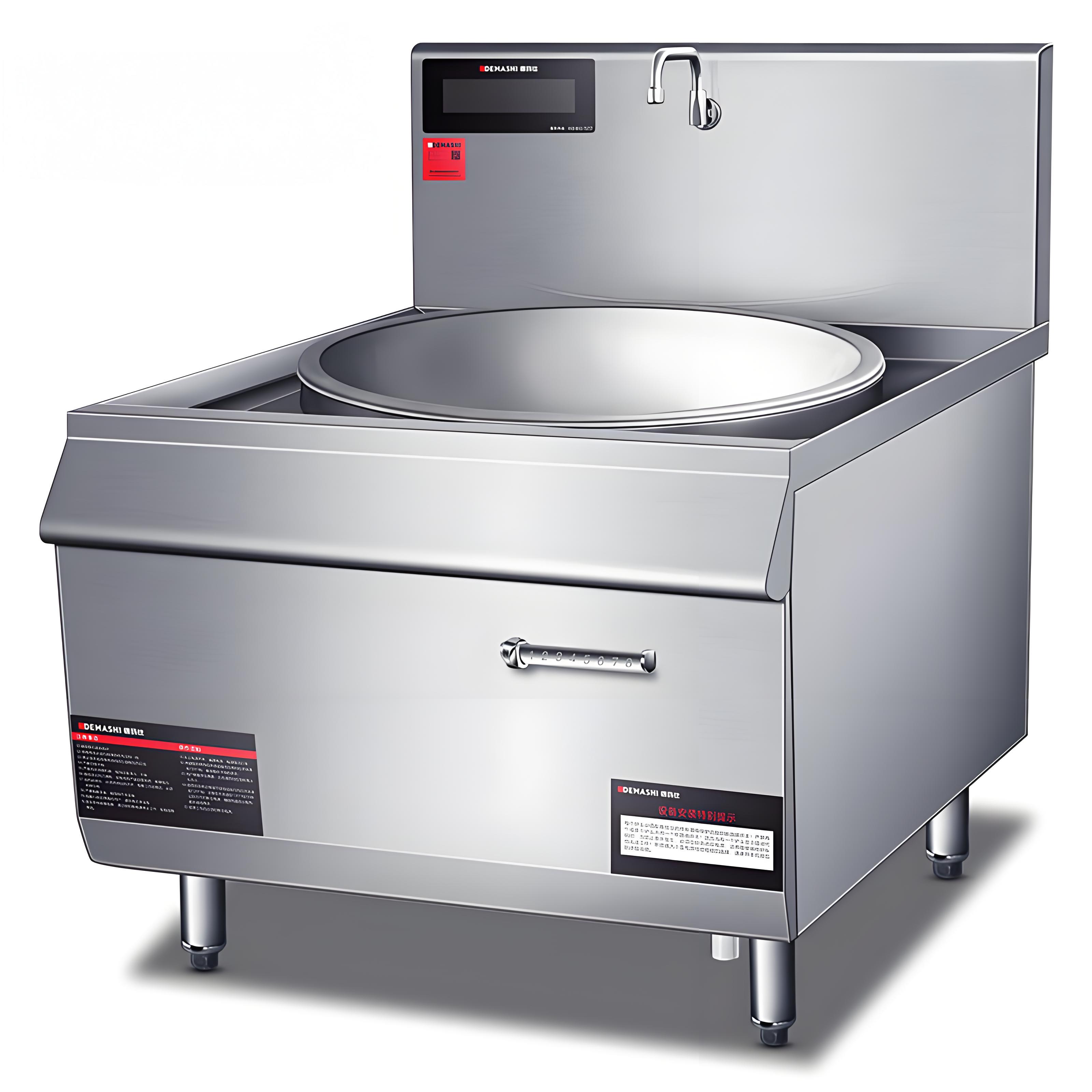
Benefits of Regular Maintenance
Regular maintenance offers tangible benefits:
Extended Lifespan: A well-maintained cooktop can last 5-10 years, compared to 2-3 years with neglect.
Consistent Performance: Ensures even heating and energy efficiency, critical for commercial kitchens.
Safety: Reduces risks of electrical faults, fires, or gas leaks from improper use.
Cost Savings: Prevents major repairs or replacements, which can cost $500-$2000 for commercial units.
I once helped a small diner implement a maintenance routine. Their cooktop, initially plagued by frequent shutdowns, ran smoothly for seven years, saving them thousands in replacement costs.
When to Consider Replacement
While maintenance can extend a cooktop’s life, some situations call for replacement:
Frequent Failures: If repairs are needed every few months, the unit may be nearing the end of its life.
Obsolete Models: Older models may lack spare parts, making repairs costly or impossible.
High Repair Costs: If repair costs exceed 50% of a new unit’s price, replacement is often more economical.
My Advice: For high-end models (e.g., $500+), maintenance and repairs are usually worth it. For budget models under $200, consider replacement after 3-4 years of heavy use.
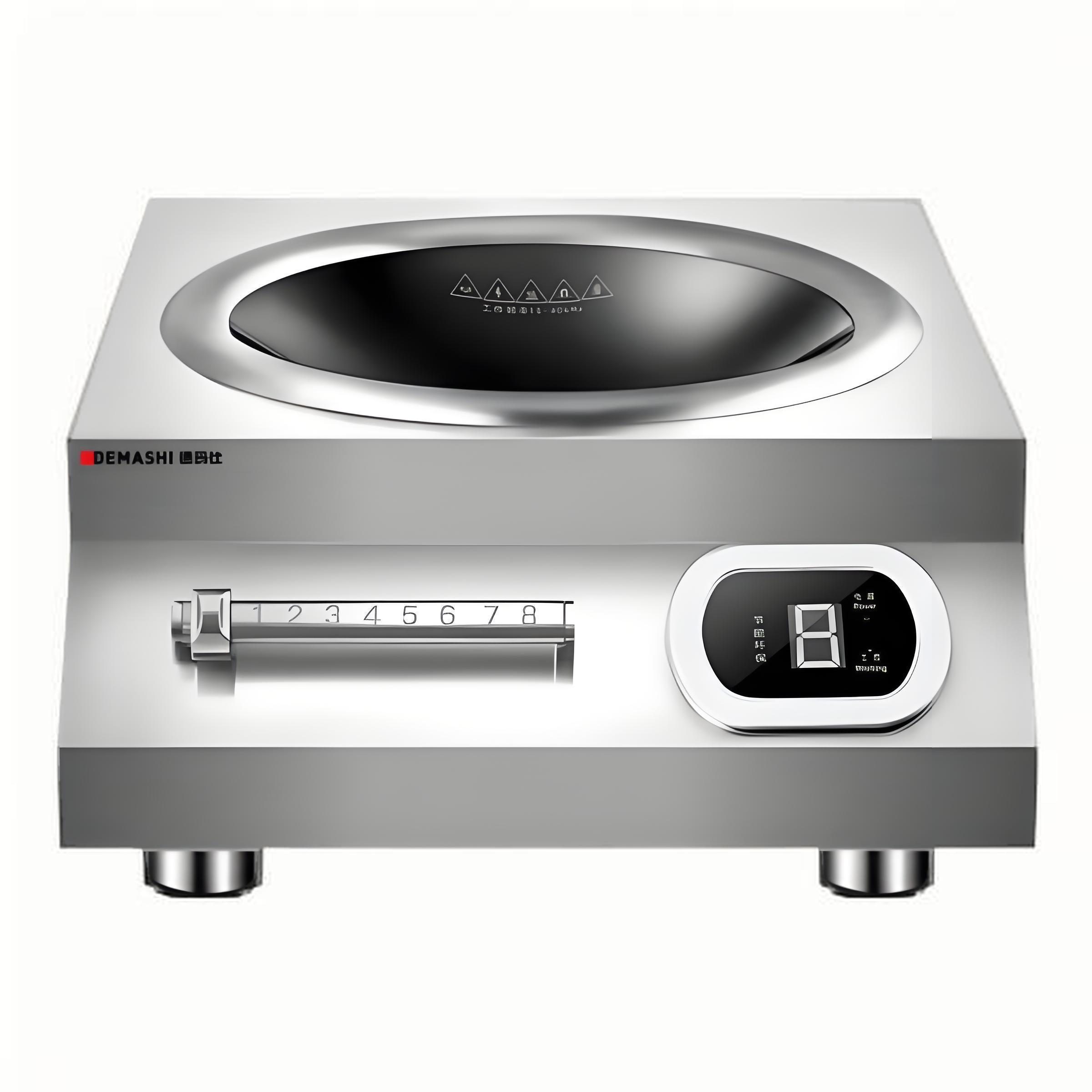
Practical Tips for Busy Commercial Kitchens
Running a busy kitchen leaves little time for maintenance, so here are some time-saving tips:
Train Staff: Teach your team basic cleaning and inspection tasks to distribute the workload.
Use a Checklist: Create a daily/weekly maintenance checklist to stay organized.
Schedule Downtime: Perform monthly checks during off-hours to avoid disrupting service.
Keep Records: Log maintenance tasks and issues to track the cooktop’s condition over time.
Real Example: A fast-food chain I worked with trained their staff to do daily surface checks and weekly vent cleaning. This reduced their annual repair costs by 40% and extended their cooktops’ lifespan by two years.
Conclusion: Maintenance Is a Must for Longevity
To sum up, regular maintenance is non-negotiable for commercial induction cooktops. Daily cleaning, weekly inspections, and periodic professional servicing can prevent costly breakdowns, ensure safety, and keep your kitchen running smoothly. My years in the field have shown me that a little effort goes a long way—whether it’s a quick wipe-down or an annual checkup. If you’re managing a commercial kitchen, start implementing these maintenance practices today, and your cooktop will thank you with years of reliable service. Got questions or need tailored advice? I’m here to help!
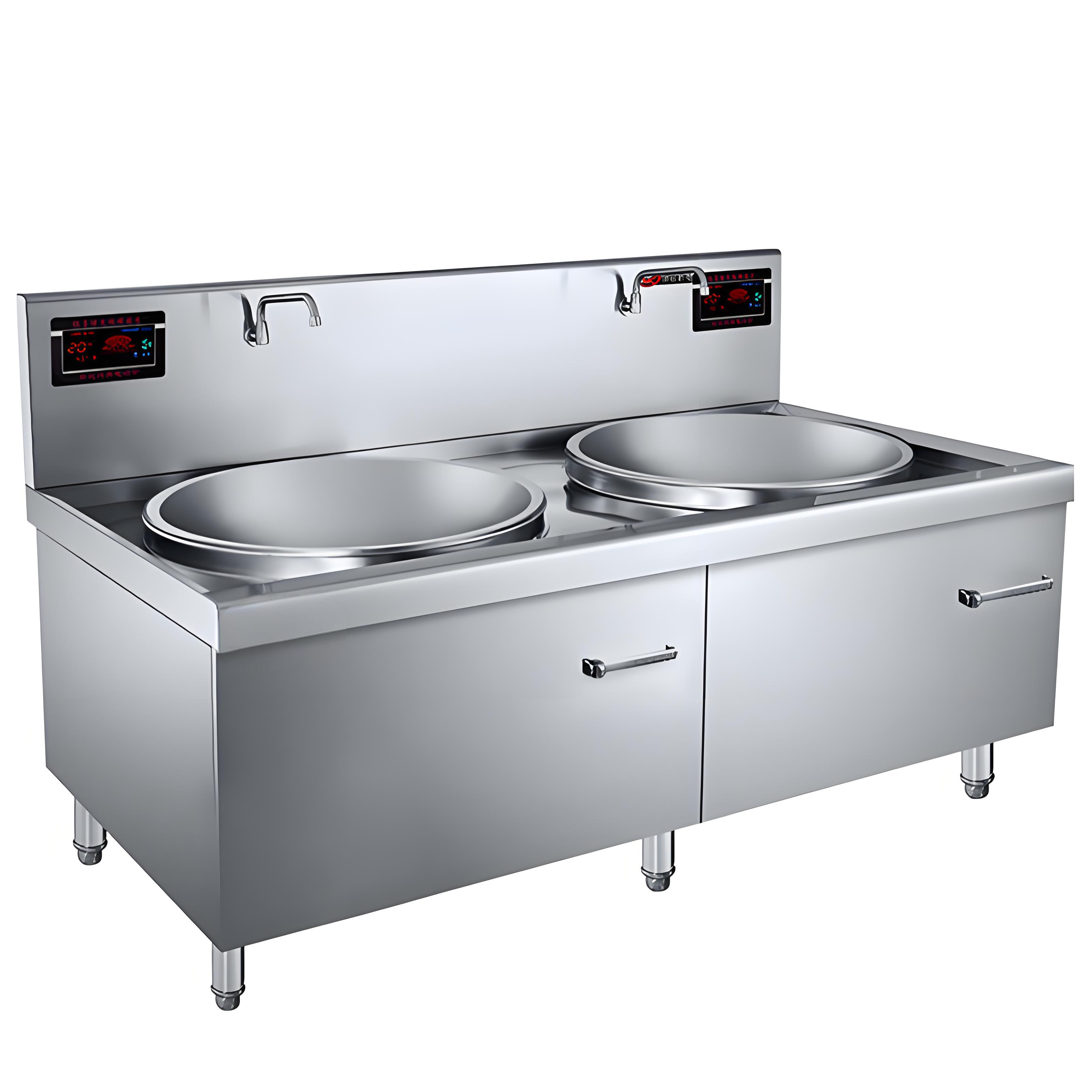
Related Questions and Answers
Q1: How often should I clean my commercial induction cooktop?
A: Clean the surface daily after each shift to remove grease and spills. Deep clean weekly, and inspect vents and fans at the same time to ensure proper airflow.
Q2: Can I maintain my cooktop without professional help?
A: Yes, daily and weekly tasks like cleaning and vent checks can be done by staff with basic training. Monthly or quarterly internal checks may require technical skills, so consider a professional for those.
Q3: What are the signs my cooktop needs immediate maintenance?
A: Buzzing noises, error codes, inconsistent heating, or a burnt smell indicate urgent issues. Unplug the unit and contact a technician to avoid further damage.
Q4: How can I make maintenance easier in a busy kitchen?
A: Train staff for quick daily tasks, use a checklist, and schedule deeper maintenance during off-hours. Keep spare cleaning supplies and basic tools handy for efficiency.
